Milltronics COMPUFLO III User manual
Other Milltronics Measuring Instrument manuals
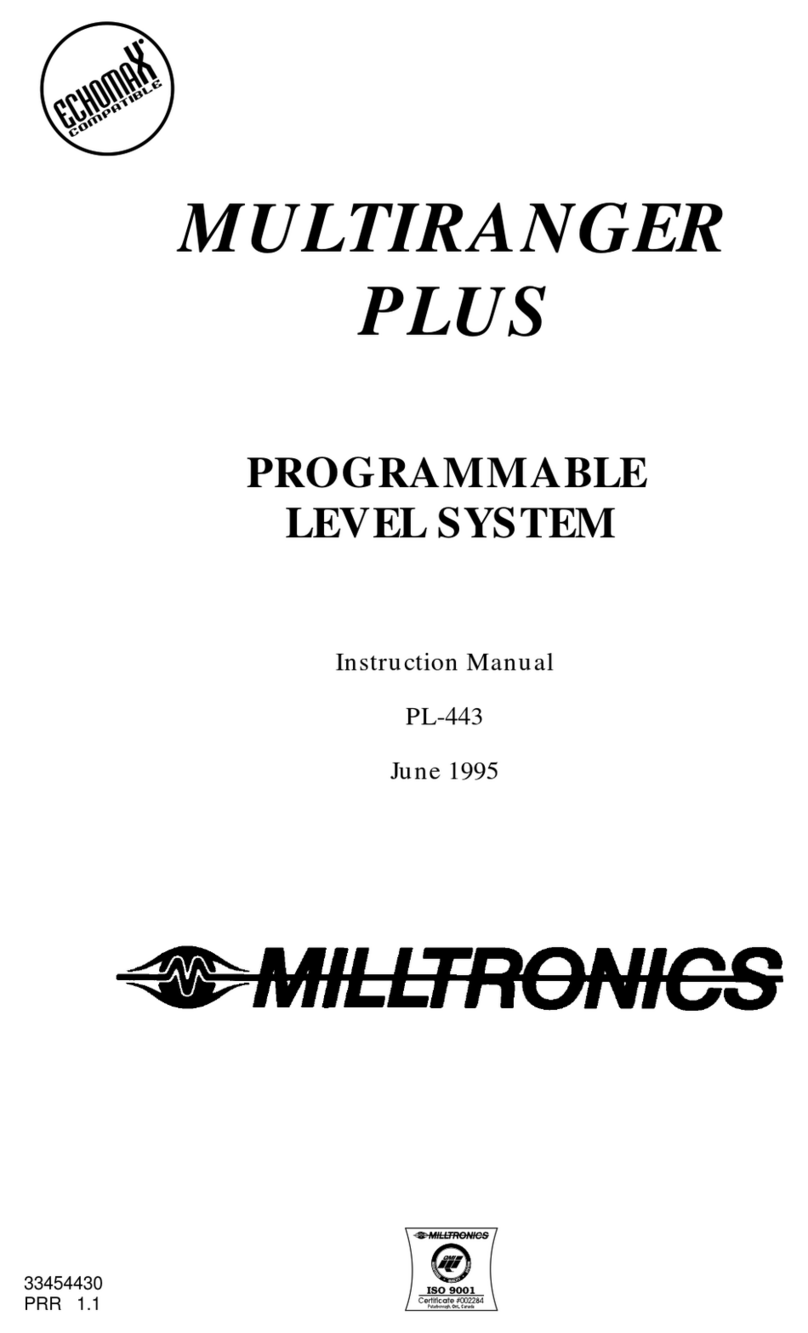
Milltronics
Milltronics MultiRanger Plus User manual
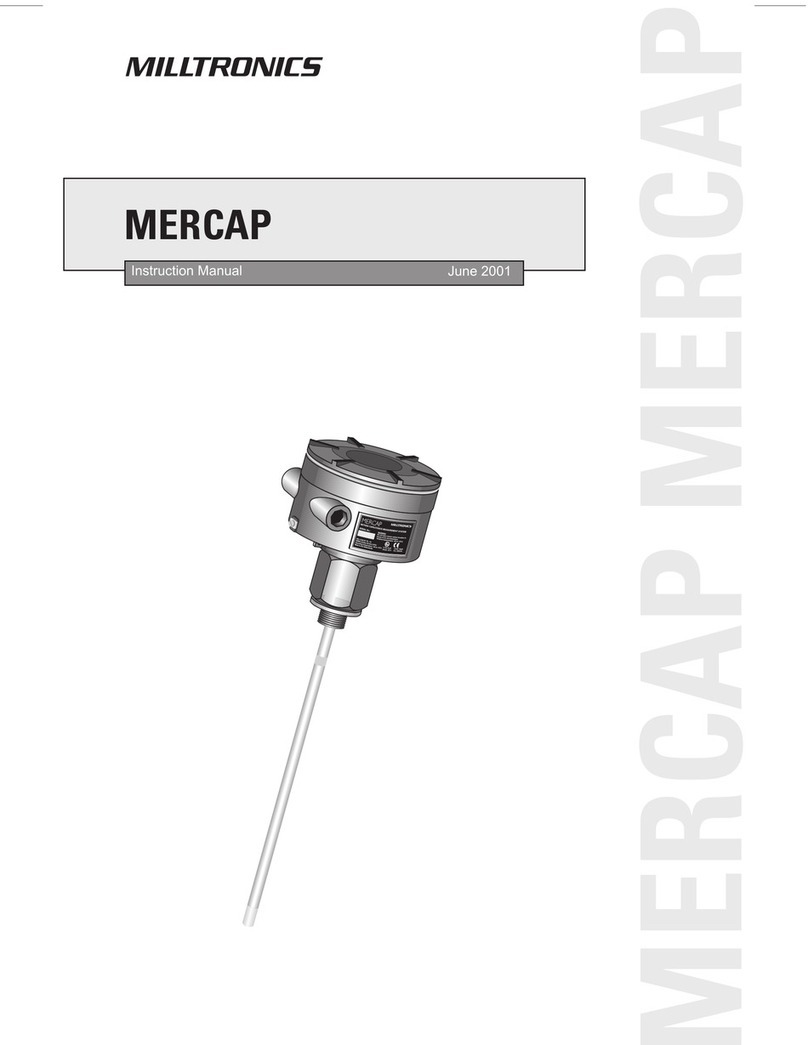
Milltronics
Milltronics Mercap MCP01 S series User manual
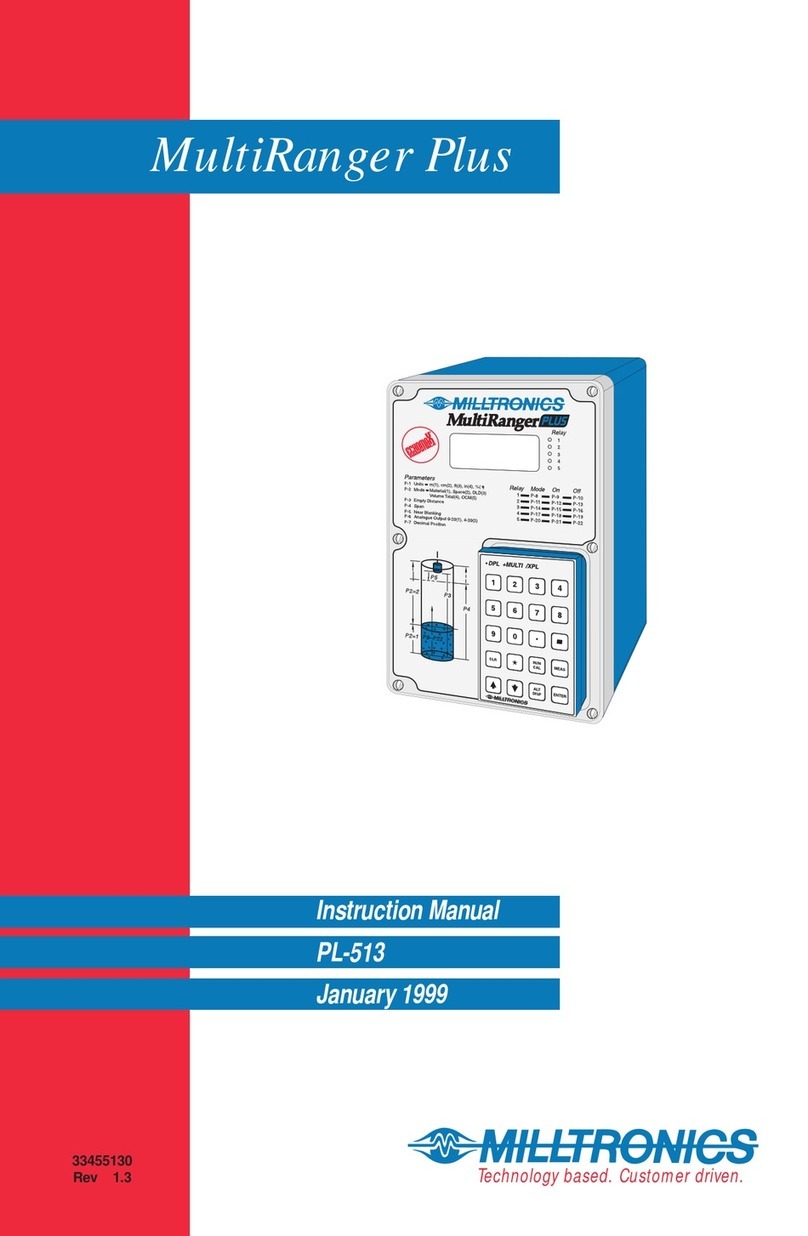
Milltronics
Milltronics MultiRanger Plus PL-513 User manual
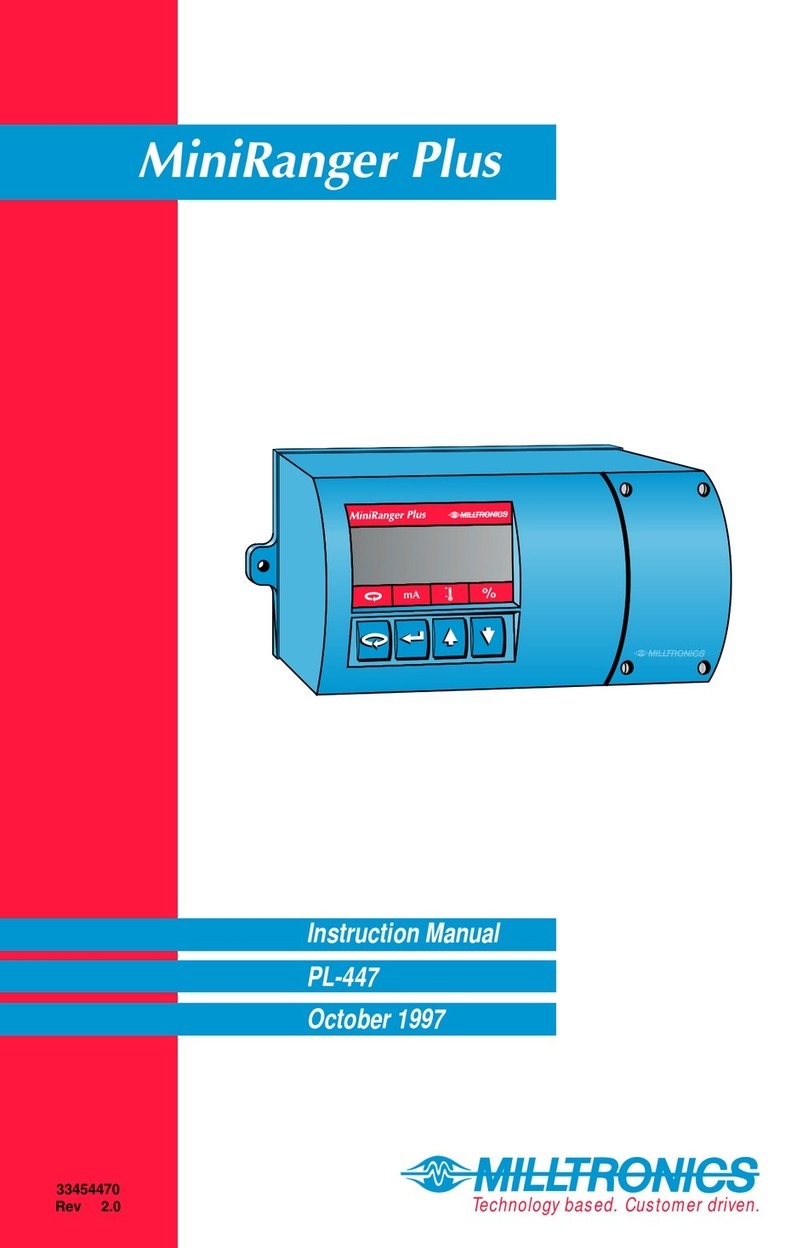
Milltronics
Milltronics miniranger plus User manual

Milltronics
Milltronics ILE-37 User manual
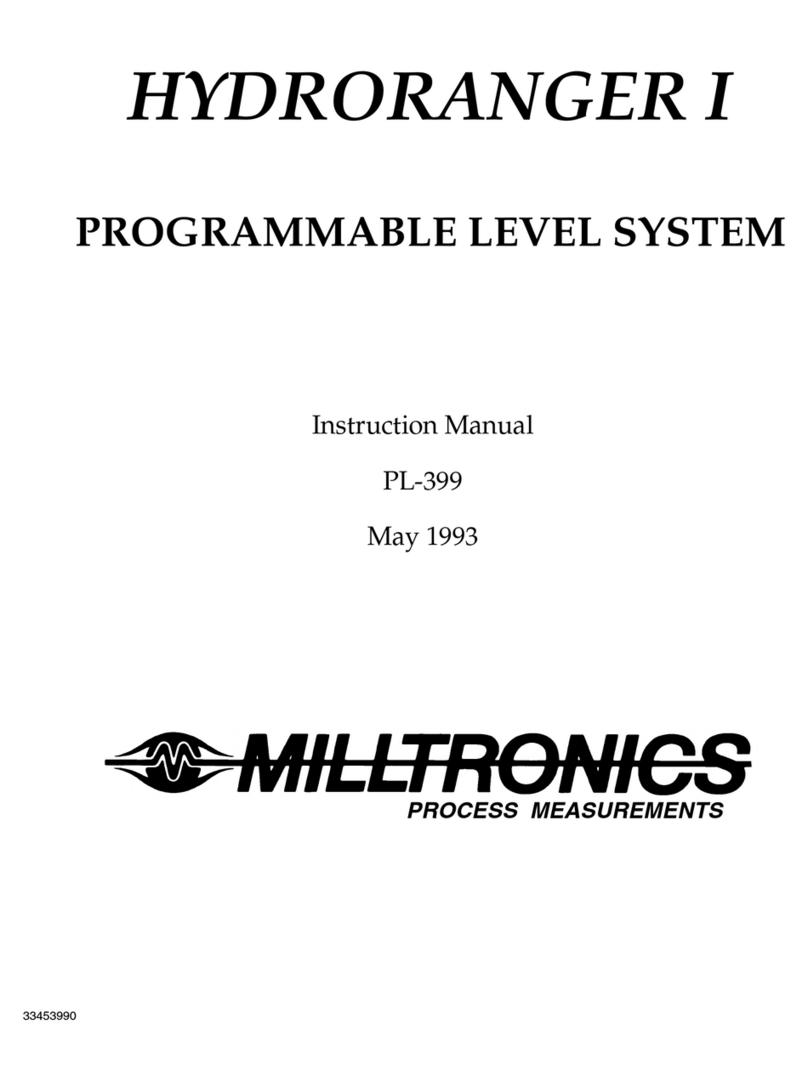
Milltronics
Milltronics HydroRanger I User manual
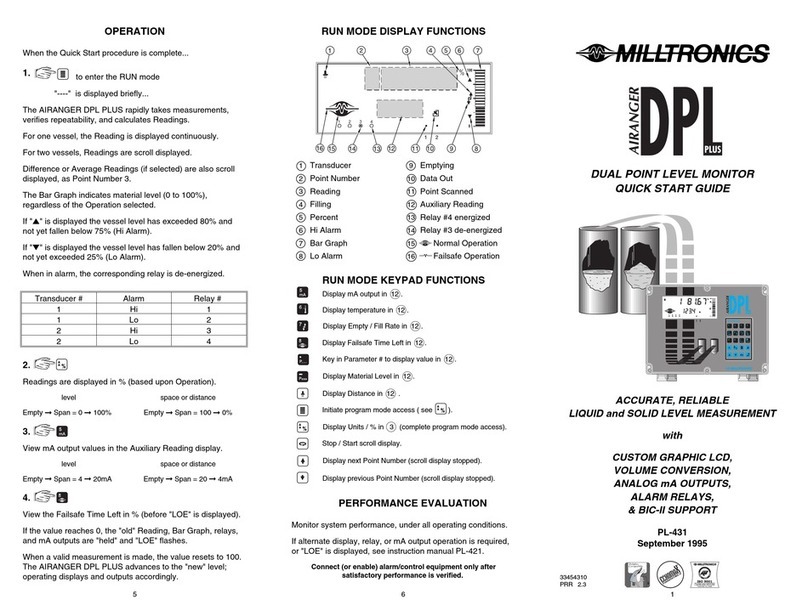
Milltronics
Milltronics AIRANGER DPL PLUS User manual

Milltronics
Milltronics IQ Radar 160 User manual
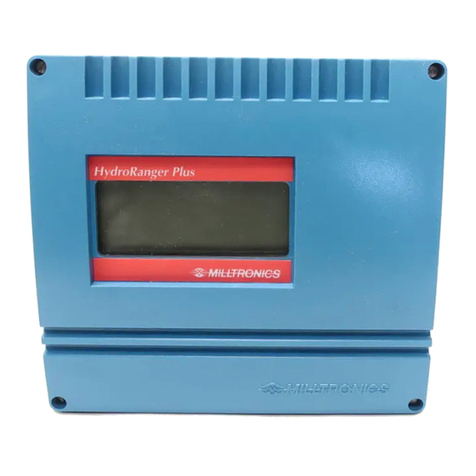
Milltronics
Milltronics HydroRanger Plus User manual
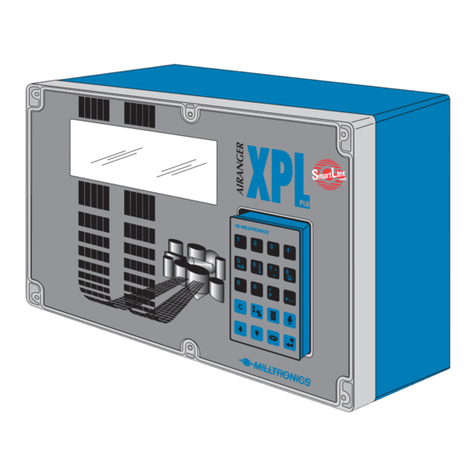
Milltronics
Milltronics airanger XPL plus User manual
Popular Measuring Instrument manuals by other brands

Powerfix Profi
Powerfix Profi 278296 Operation and safety notes

Test Equipment Depot
Test Equipment Depot GVT-427B user manual

Fieldpiece
Fieldpiece ACH Operator's manual

FLYSURFER
FLYSURFER VIRON3 user manual

GMW
GMW TG uni 1 operating manual

Downeaster
Downeaster Wind & Weather Medallion Series instruction manual

Hanna Instruments
Hanna Instruments HI96725C instruction manual

Nokeval
Nokeval KMR260 quick guide

HOKUYO AUTOMATIC
HOKUYO AUTOMATIC UBG-05LN instruction manual

Fluke
Fluke 96000 Series Operator's manual

Test Products International
Test Products International SP565 user manual

General Sleep
General Sleep Zmachine Insight+ DT-200 Service manual















